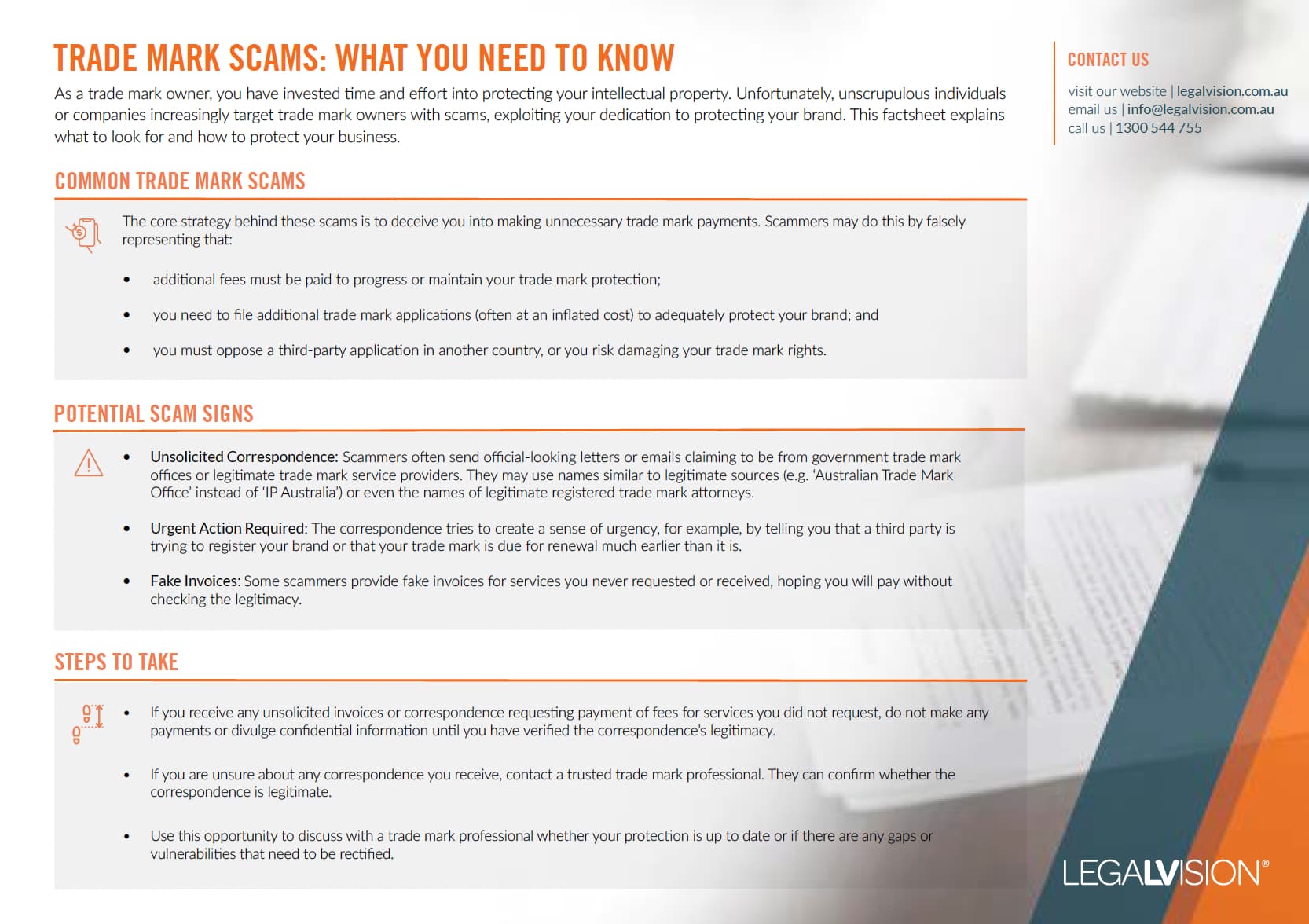In Short
- Copyright protects artistic and creative works like drawings, logos and digital designs, while design protection covers the visual appearance of a product.
- Registering a design gives exclusive rights over its shape, configuration or pattern, while copyright applies automatically to original works.
- Choosing the right protection depends on how you use and commercialise your design.
Tips for Businesses
If your design has commercial value, consider registering it for stronger legal protection. Copyright alone may not stop others from using a similar design in a product. A registered design provides exclusive rights and stronger enforcement options. Seek legal advice to determine the best strategy for your intellectual property.
If you have invested time in developing an original design, preventing competitors from copying your work is essential. Copyright and design registration are two legal avenues to protect your artistic creations. However, there are significant differences between these forms of protection, and typically, only one type of intellectual property can be applied to a particular work. Therefore, understanding these differences is crucial for choosing the most suitable form of protection for your design.
What is Copyright?
Copyright protects the expression of ideas. It gives the copyright owner exclusive rights to use their work however they want, including rights to:
- reproduce the work;
- communicate the work to others; and
- create derivative works.
Copyright automatically attaches to certain types of artistic works, some of which include, but are not limited to:
- pictures;
- photographs;
- sketches; and
- sculptural works.
In order for a work to have copyright protection, it must be original and there must have been some skill and effort involved in creating it.
While this seems to suggest that copyright is the ideal protection to rely upon for your design, it has certain disadvantages. Copyright, as the name suggests, focuses on protecting a creator from others ‘copying’ their work. To claim copyright infringement and enforce your rights, you must demonstrate that the alleged infringer copied your original work. If the alleged infringer independently created the same work, copyright would not be enforceable. Design registration, however, does not have this limitation.
What is Design Protection?
Design registration protects the new and distinctive visual features of a product’s appearance.
For example, you may have designed a visually distinctive water bottle or a unique shoe. You could register the design of the bottle or shoe.
It is worth noting that design registration only protects the appearance of the work and not the function. However, you can still register a design even if it has a function associated with it, such as a decorative belt. This will only protect the design of the belt, not a unique function.
Unlike copyright, design registration protects you against another person creating a similar or identical design regardless of whether the infringer intended to copy your work or not.

This fact sheet explains what to look for and how to protect your business from trade mark scams.
How Do Design and Copyright Overlap?
The law offers protection for designs through both copyright and design registration. Therefore, you must weigh up the advantages and disadvantages of both forms of protection and choose the option that best protects your:
- particular work; and
- intentions and purpose for that work.
Copyright typically protects designs that have not been commercially exploited. If a design is applied to more than 50 items, it is considered industrially applied, causing you to lose copyright protection. Therefore, copyright may not offer adequate protection if you plan to mass-produce your design.
If you decide to register a design, you should keep your design secret until you submit your application for registration. You should use confidentiality or non-disclosure agreements if you have to share your design with third parties before registration to ensure it remains secret.
Key Takeaways
Copyright and design registration both have advantages and disadvantages. It is particularly important to consider registering a design if you plan to make multiple copies for manufacturing, wholesale or retail. On the other hand, if you are making bespoke or hand-made items, copyright may be the better option.
If you need to protect your creative work, our experienced intellectual property lawyers can assist as part of our LegalVision membership. For a low monthly fee, you will have unlimited access to lawyers to answer your questions and draft and review your documents. Call us today on 1300 544 755 or visit our membership page.
Frequently Asked Questions
It depends on how the design is used. Copyright automatically protects artistic works, but if you commercialise a design as a product, you may need to register it for stronger protection. In Australia, registering a design can affect copyright protection, so legal advice is recommended.
If your design is registered and certified, you have exclusive rights to use it. If someone copies it without permission, you can take legal action, including sending a cease and desist letter or seeking damages. Enforcement is easier with registration, so securing protection early is essential.
We appreciate your feedback – your submission has been successfully received.











